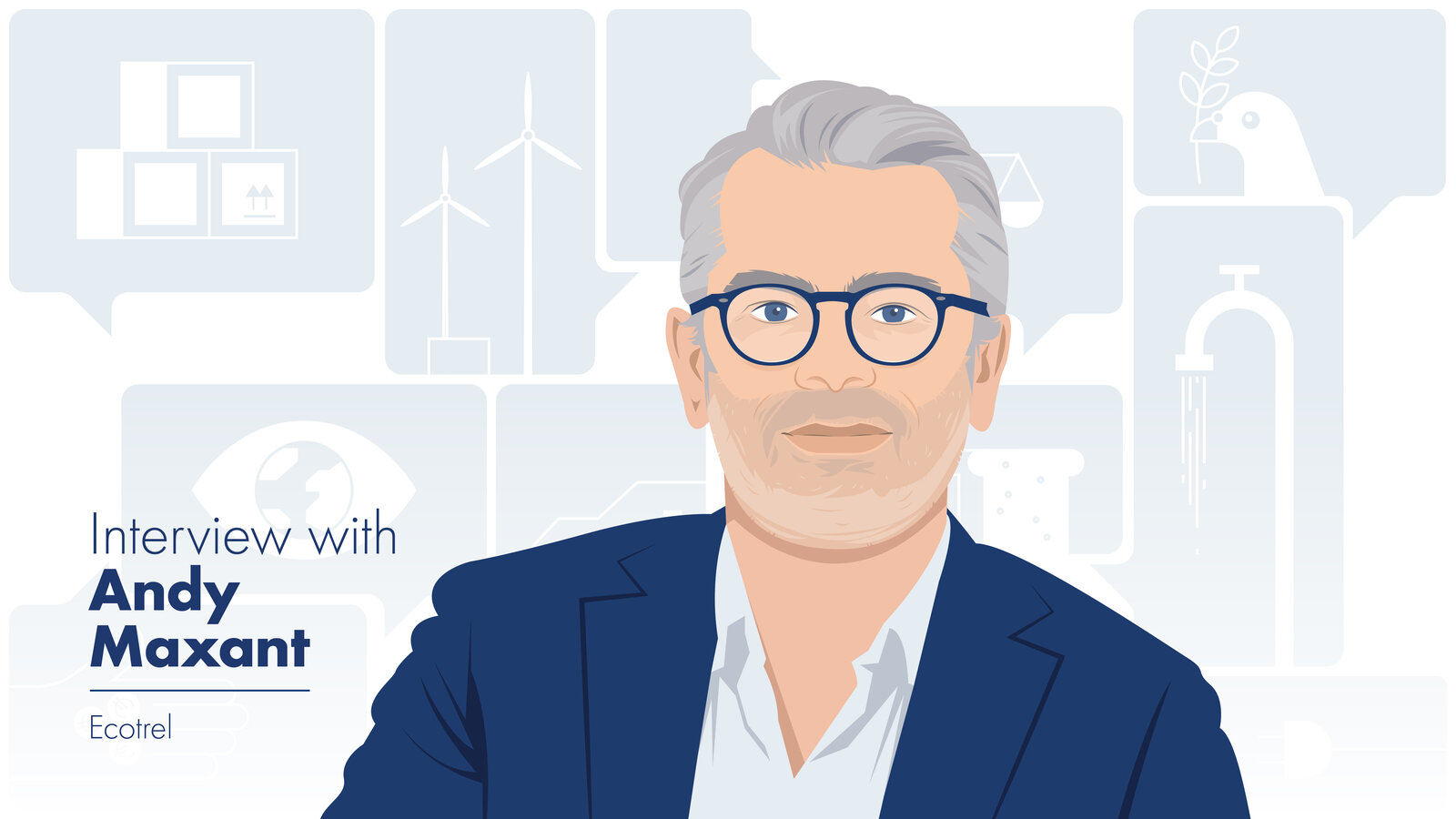Climate change risks and how to mitigate them
Climate change risks are a growing concern for companies, including financial institutions, as they can be caused by physical effects, weather changes, or…

Waste electrical and electronic equipment is sorted by category and sent to specific collection centres. It is then manually dismantled so that any polluting components can be removed. The various fractions obtained are sent to suitable treatment plants to be recycled. This way, secondary raw materials are obtained that can be reused by industry.
Ferrous metals, for example, can be reused in the steel industry. Copper, zinc, and aluminium can be used to manufacture electronic components and cables. Plastics, in the form of “master batches”, can be moulded or extruded into a range of plastic parts and go on to be used in the automotive and decoration sectors.
Old fridges containing CFCs or Freon gases, which damage the ozone layer, are treated separately: these greenhouse gases are extracted and captured with a view to being eliminated. Polyurethane foam residues from refrigerators insulation are used to make a powder used by fire brigades as an absorbent for oil and other types of hydrocarbons.
Heavy metals such as strontium, barium and lead found in cathode ray tube screens are all raw materials that can be recycled.
Generally speaking, any political decision that provides a legal framework for waste recycling is of strategic importance.
It is also important to keep up the fight against illegal waste exports globally. Unfortunately, waste electrical and electronic equipment continues to take the wrong path and end up in developing countries.
Donating equipment for export to Africa or Asia is no guarantee that future waste will be treated properly. It will most likely end up in unauthorised landfills, manually dismantled by children suffering deplorable working and sanitary conditions.
It is therefore important to inform consumers about good waste disposal practices, by ensuring that WEEE (waste from electrical and electronic equipment) is taken to dedicated collection points, or to collectors who are legally authorised to dispose of it.
Extracting metals from electronic adds value to mining: recycling and reusing natural resources preserves them. The metals can be reinjected into new objects.
Recovering the rare and precious metals contained in appliances reduces the energy needed to extract new metals, thereby reducing the carbon footprint. Metals extracted from the Earth's crust go through a purification process that involves large quantities of water, chemicals and heavy metals.
The metals contained in WEEE can be extracted using environmentally friendly means, such as magnetic separation, shredding and electrostatic separation. These are better for the planet.
Furthermore, unlike mining, extracting metals from WEEE is much cheaper, and makes mineral resources profitable since they are being re-used.
In the IT sector, electronic components and cables are made from recycled copper, aluminium and other metals.
Once recycled, steel is used in the construction sector in concrete reinforcement and metal structures plus it can also be used to manufacture new household appliances.
Recycled aluminium is also used in the construction sector, to make doors and windows in particular.
The automotive sector uses recycled steel, copper and plastic.
About the blog:
There is an urgent need for rapid transition to global sustainability. Business and industry have enormous social and environmental impacts. "Why does it matter?" is a bi-monthly blog that aims to elucidate this important topic through the eyes of our experts.
Don't miss out our experts' practical tips for your daily life and be part of the positive change.